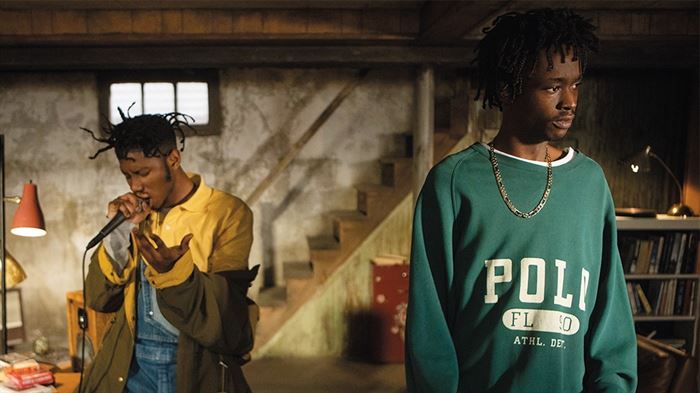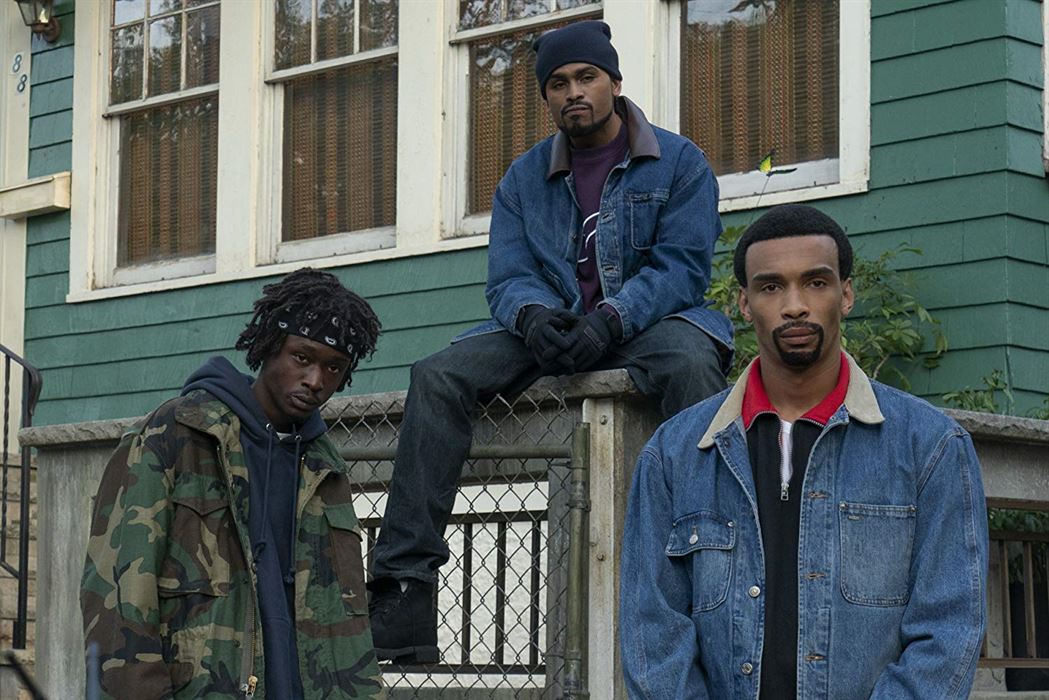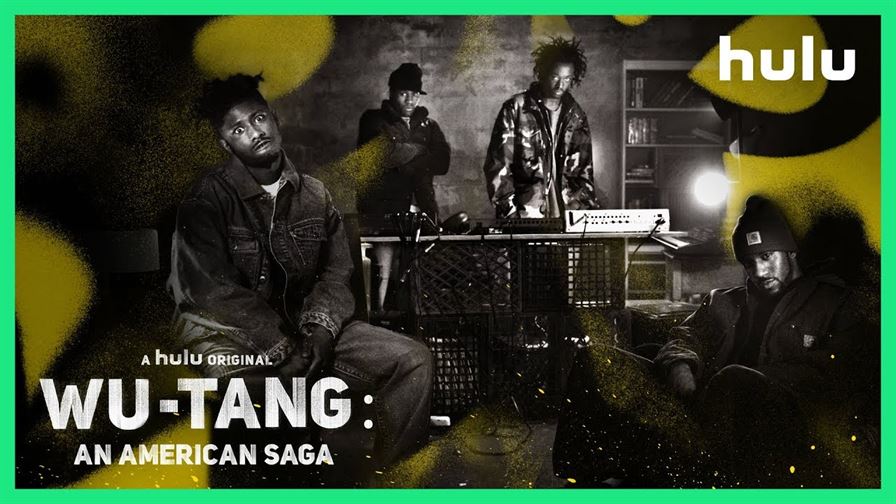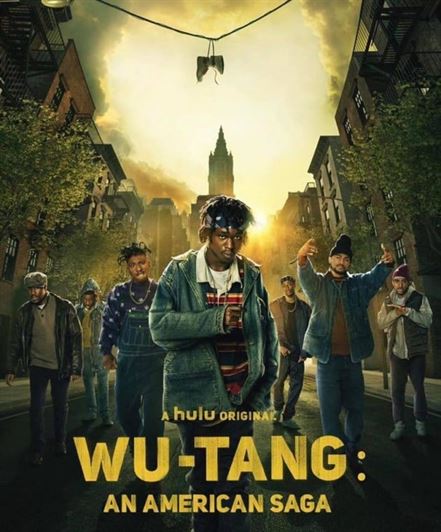“Wu-Tang: An American Saga” is a nostalgic, yet grimy and real experience that examines the perspective of young black men from Staten Island trying to climb out of the hustling trenches in the streets to pursue music. While this series is “phat” for old fans of Wu-Tang Clan, it has faults that make it confusing for Wu-Tang newcomers.

“Wu-Tang: An American Saga” tells the story of the rap collective’s start in music.
Photo courtesy of Hulu
The rap collective Wu-Tang Clan, formed in Staten Island in 1992, is continuing to make waves nearly 30 years later with a feature series created by group members RZA and Alex Tse.
“Wu-Tang: An American Saga” premiered on Sept. 4, and is halfway through the series, with five episodes already aired on Hulu streaming service. This biographical drama explores the lives of original members during the early crack epidemic that spanned between 1984 and 1990.
The name “Wu-Tang” was inspired by “Shaolin and Wu-Tang,” a 1983 Hong Kong martial arts film. The cast is seen watching these movies in early episodes together as a pastime.
The cast includes Ashton Sanders as Bobby Diggs, Shameik Moore as Sha, Dave East as Shotgun, Siddiq Sanderson as Dennis D-Love, TJ Atoms as Ason, Julian Martinez as Divine and Marcus Callender as Power.
Although the cast did an amazing job, I would recommend the documentary “Wu-Tang Clan: Of Mics and Men” on Showtime for those who are unfamiliar with Wu-Tang Clan. The film offers a better understanding of the history behind each member and their personalities, and allows viewers to fully immerse in the music and the meaning behind it.

Julian Elijah Martinez (right), Ashton Sanders (left), and Dave East (middle) play different members of the Wu Tang Clan.
Photo courtesy of Hulu
Throughout the series, each individual character struggles to overcome adversity in their personal lives. Those struggles eventually drive the men together to form the most influential group in hardcore rap history.
The audience constantly views each character’s dimensions through a fresh lens. Because a new layer is added to members of the group every week, we see their actions and behaviors evolve.
One of my favorite characters in the series is Ason, aka Ol’ Dirty Bastard. His personality is illustrated with comedic rhymes and attitudes throughout the series. Ol’ Dirty Bastard was known to be a weird rapper who started the movement of “crazy-looking rappers” that are commonly seen in today’s music industry, such as Lil Pump, Lil Uzi Vert and Blueface.
The fashion and dialogue in this film feel genuine. It is entertaining to watch some characters say “Yo B” or “Nah mean” and other phrases that allow viewers a look into what that time period was like.
There is a truthful depiction of public houses during the crack epidemic, and of the war between Stapleton vs. Park Hill, or “Killa Hill.” The feud between these two is as fierce as the Capulets and Montagues in “Romeo and Juliet,” only without the romance. They cannot stand each other and are willing to kill each other, by any means necessary, for reputation and respect.
Certain themes of this series strikes a chord in today’s society, like the socioeconomic factors that push characters like Bobby Diggs to focus on producing music and bringing people together, who normally would not be able to escape selling drugs. The series also touches lightly on police brutality and the perception of law enforcement.

Shameik Moore, Ashton Sanders, Siddiq Saunderson and T.J. Atoms star in “Wu-Tang: An American Saga.”
Photo courtesy of Hulu
This series teaches lessons on how to handle your business and not depending on others to get things done. The biggest lesson to take away from this show is that everyone will be by your side when times are good, but when things change, there may be no one left.
The lack of timelines in the show can be disconcerting. The show can be hard to follow if the viewer was not born around that era. As the episodes continue to drop every Wednesday, they gradually get shorter, which is frustrating especially after big moments. You may be left wanting more than 10 episodes at the end of this fascinating series.
Even though this series is not perfect, it is worth watching in order to learn about New York in the 1990s and how the Wu-Tang poets became the masters of the mic for generations to come.



